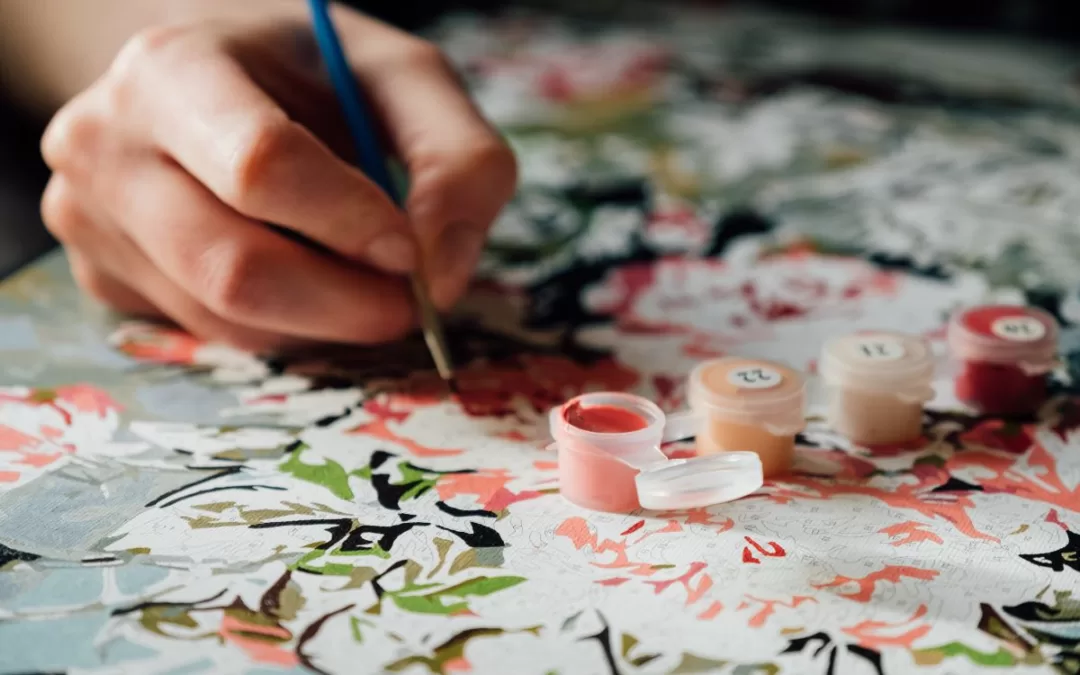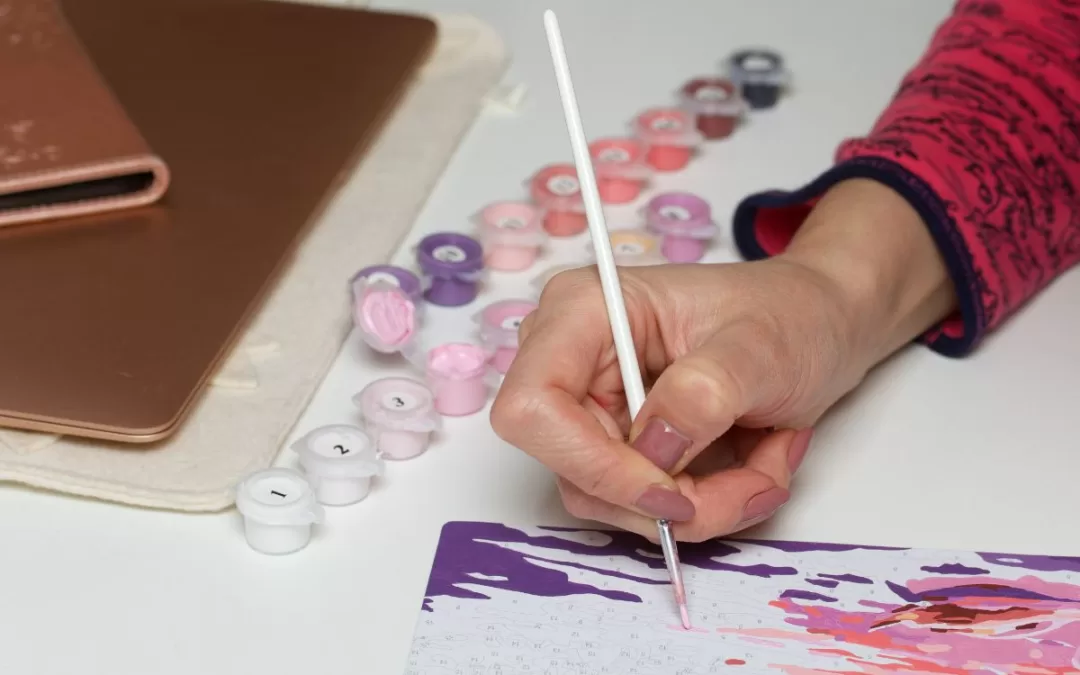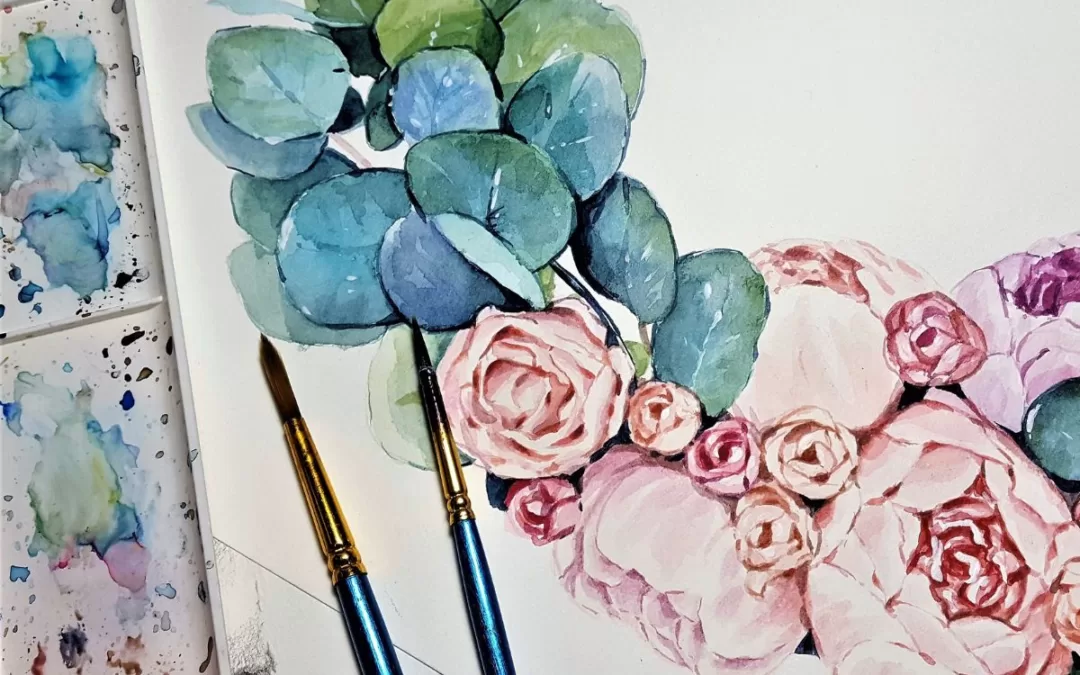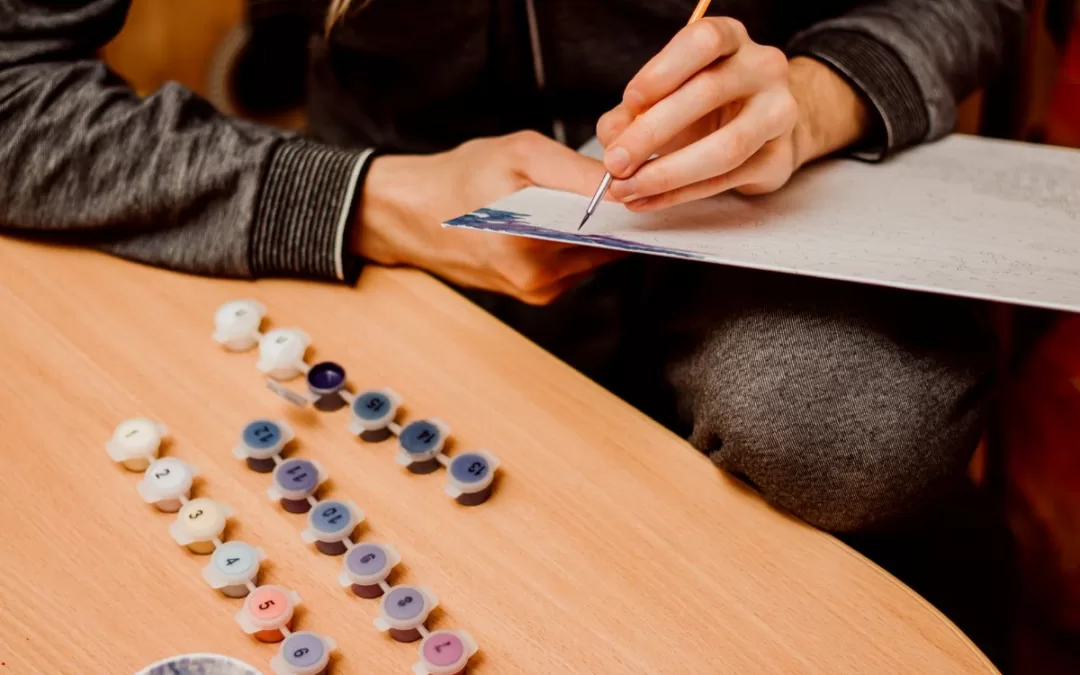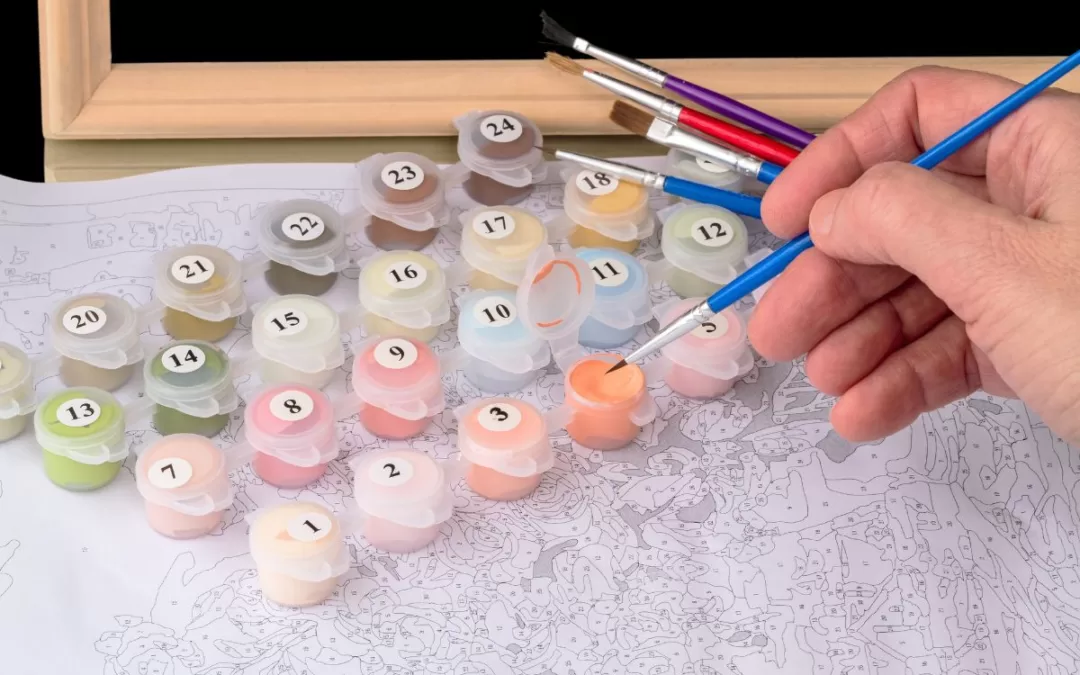Stretching a canvas may seem like a daunting task at first, but if you follow these five simple steps you’ll be done in no time. A canvas that is properly stretched will not only display but it will even protect your artwork for years to come.

1. Lay your canvas
First you will want to find a flat, clean, and dry surface to lay your canvas on. Now place your stretcher on top. You should have about four inches on each side if you have a properly sized canvas. These four inches is what you will be stretching the canvas over the frame.
2. Start your canvas stapling in the center
Pull your canvas tight to the center of each bar using canvas pliers and staple the canvas as shown. Use a staple gun with 3/8” (10mm) JT-21 staples for best results.
3. Continue stapling
On each side, drive 3 more staples about 1 ½ inches apart on each side of the first staple. Apply tension to the canvas while stapling. Work from the center towards each corner, adding 3 staples at a time, stopping 4 inches before the end on the top and bottom bars to leave room for your corner folds. You want the sides of your canvas (which are most visible when hung) to be smooth.
4. Prepare your canvas corners
Staple your sidebar canvas to the end; pull in your loose canvas and staple. Pull your remaining canvas tight and staple to the frame. Repeat on each corner.
5. Key your corners
Slide your hardwood canvas keys into both slots on the corner. Tap in firmly with a hammer. This expands each corner joint equally, ensuring you’ve achieved the desired tension equally across your canvas.
IMPORTANT! Don’t stretch your canvas too tight while keying. Applying gesso to raw canvas can cause shrinkage of the wet canvas (especially if you have a linen or very large canvas). You can always tap your keys in further after applying gesso.
-
 Monthly Subscription – Two 40x50cm$41.99 / Month
Monthly Subscription – Two 40x50cm$41.99 / Month -
 Monthly Subscription – Two 30x40cm$35.99 / Month
Monthly Subscription – Two 30x40cm$35.99 / Month -
 Custom Paint by Numbers Kit$48.00 – $89.00Price range: $48.00 through $89.00
Custom Paint by Numbers Kit$48.00 – $89.00Price range: $48.00 through $89.00

